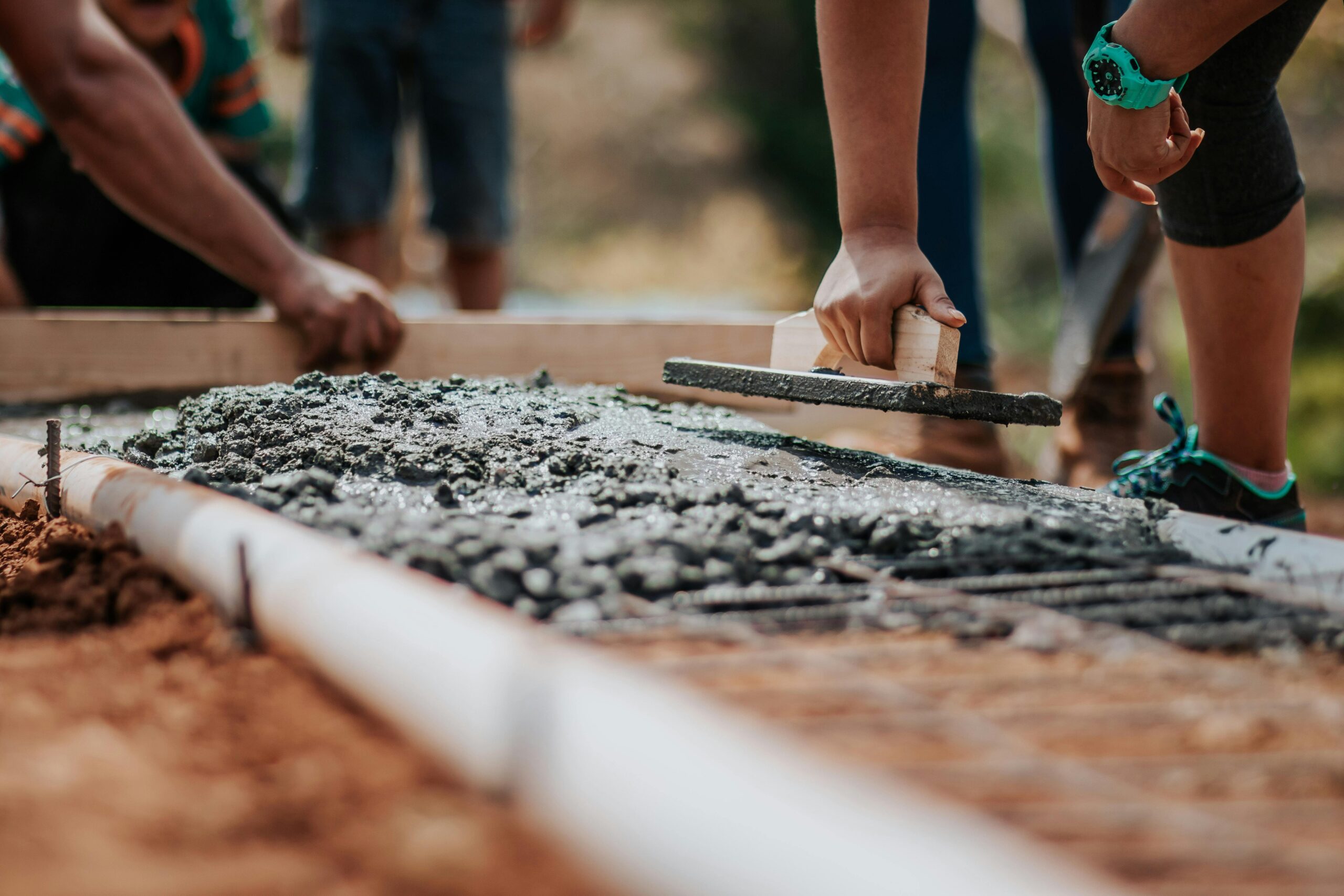Concrete surfaces are durable, but over time, they can develop cracks, spalling, and discoloration that detract from their appearance and functionality. While complete replacement has traditionally been the go-to solution for severely damaged concrete, resurfacing offers a more economical alternative that can extend the life of existing concrete. This article explores the benefits, process, and considerations of concrete resurfacing as a viable option for updating driveways, patios, and other concrete surfaces without the expense and disruption of full replacement.
Understanding Concrete Resurfacing
Concrete resurfacing involves applying a thin layer of cement-based overlay to an existing concrete surface to restore or improve its appearance and function. Unlike replacement, which requires demolition and removal of the old concrete, resurfacing works with the existing foundation. The process can address common issues such as minor cracks, surface imperfections, and worn appearance while providing an opportunity to update the look with decorative finishes. For homeowners facing the dilemma of aging concrete, understanding the concrete resurfacing cost compared to replacement is crucial for making an informed decision about how to proceed with their renovation project.
When Resurfacing Makes Sense
Resurfacing is ideal for concrete that is structurally sound but aesthetically challenged. If your concrete surface shows signs of spalling (where the surface flakes or peels), has minor cracks, or has simply lost its luster, resurfacing can be an excellent solution. Experts from AskHomey suggest that surfaces with less than 25% damage are typically good candidates for resurfacing. However, if your concrete has major structural issues, significant settling, or extensive cracking, replacement might be the more appropriate option. Before investing in any repair method, it’s essential to assess whether the underlying problems that caused the damage have been addressed to prevent recurrence.
Popular Concrete Resurfacing Options
When exploring driveway resurfacing options, homeowners will find several techniques available. Skim coating involves applying a thin layer of cement-based product to smooth out minor imperfections. For more decorative finishes, stamped overlays can mimic the appearance of brick, stone, or tile at a fraction of the cost. Spray-on textured overlays provide slip resistance and can be particularly useful for pool decks and walkways. Epoxy and acrylic coatings offer durability with the added benefit of custom colors and patterns. Each option varies in application complexity, durability, and cost, allowing homeowners to choose based on their specific needs and budget constraints.
The Resurfacing Process
The success of any concrete resurfacing project heavily depends on proper preparation. The process typically begins with thoroughly cleaning the existing surface to remove dirt, oil, and loose material. Next, professionals will repair spalling concrete areas and fill any cracks or holes to create a solid foundation for the new overlay. After repairs, the surface is typically etched or ground to ensure proper adhesion of the new material. Only then is the overlay applied according to the manufacturer’s specifications. Depending on the chosen finish, additional steps such as stamping, coloring, or sealing may follow. The entire process usually takes a few days, including curing time, which is significantly less disruptive than a full replacement project.
Cost Considerations
One of the most compelling reasons to choose resurfacing over replacement is the concrete resurfacing cost, which typically runs about one-third to one-half the price of complete replacement. The exact cost depends on several factors, including the size of the area, the condition of the existing concrete, the chosen finish, and regional labor rates. A basic resurfacing job for a standard driveway might cost between $3 to $7 per square foot, while decorative finishes can push that price higher. In contrast, replacement costs often start at $8 per square foot and can exceed $15 for custom work. Beyond the immediate financial savings, resurfacing also reduces waste and uses fewer resources, making it an environmentally friendly choice.
Maintenance and Longevity
A properly executed patio concrete overlay can last 10 to 15 years with appropriate maintenance. To maximize the lifespan of resurfaced concrete, regular cleaning and resealing are essential. Sealing should typically be done every 2-3 years, depending on exposure to elements and traffic. Additionally, addressing any new cracks or damage promptly can prevent more extensive issues. While resurfaced concrete may not last as long as a new pour, the significant cost savings often justify the shorter lifespan, especially if the underlying base remains stable.
Is Resurfacing Right for Your Project?
Determining whether to resurface or replace requires careful assessment of your specific situation. Consider the age and condition of your concrete, your budget constraints, aesthetic goals, and how long you plan to remain in your home. For moderately damaged surfaces where appearance is the primary concern, resurfacing offers an excellent value proposition. However, for severely damaged concrete with structural issues, replacement may be the more cost-effective long-term solution despite the higher initial investment.
For more tips and to connect with reliable home service professionals, follow AskHomey on Facebook and Instagram.



